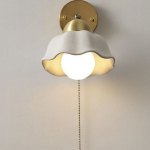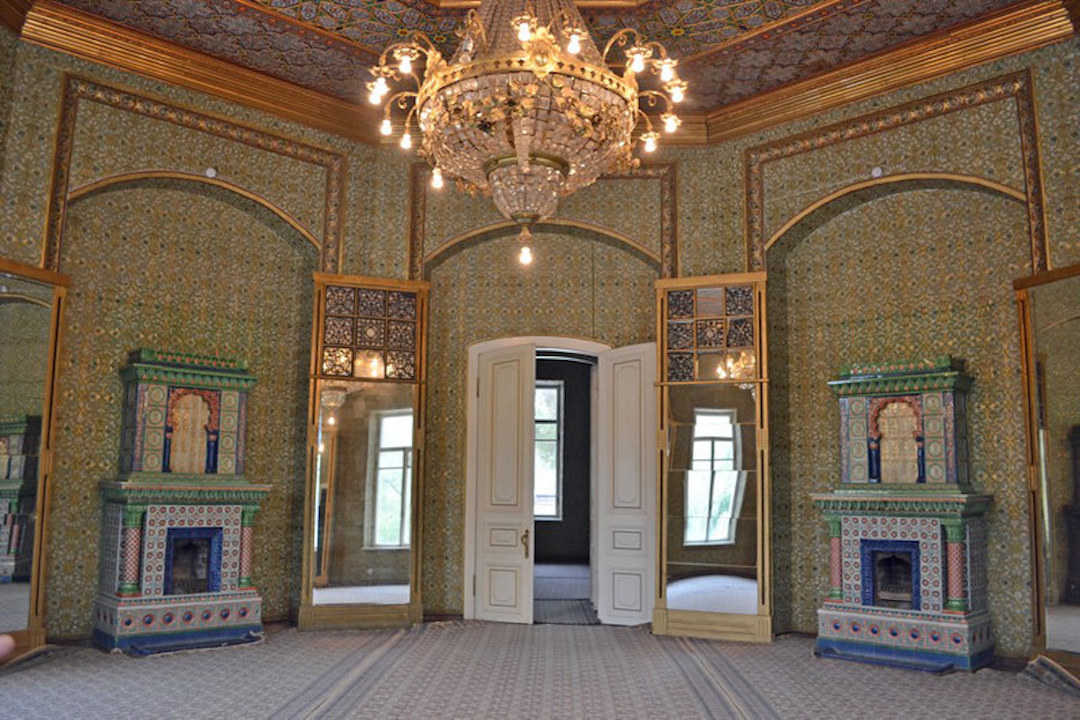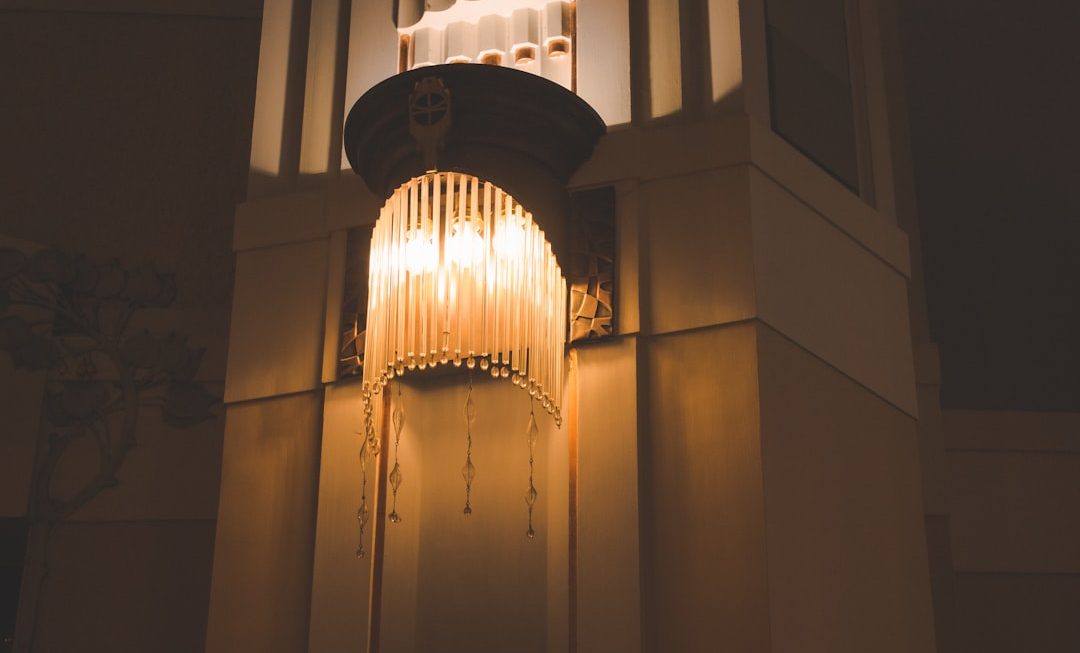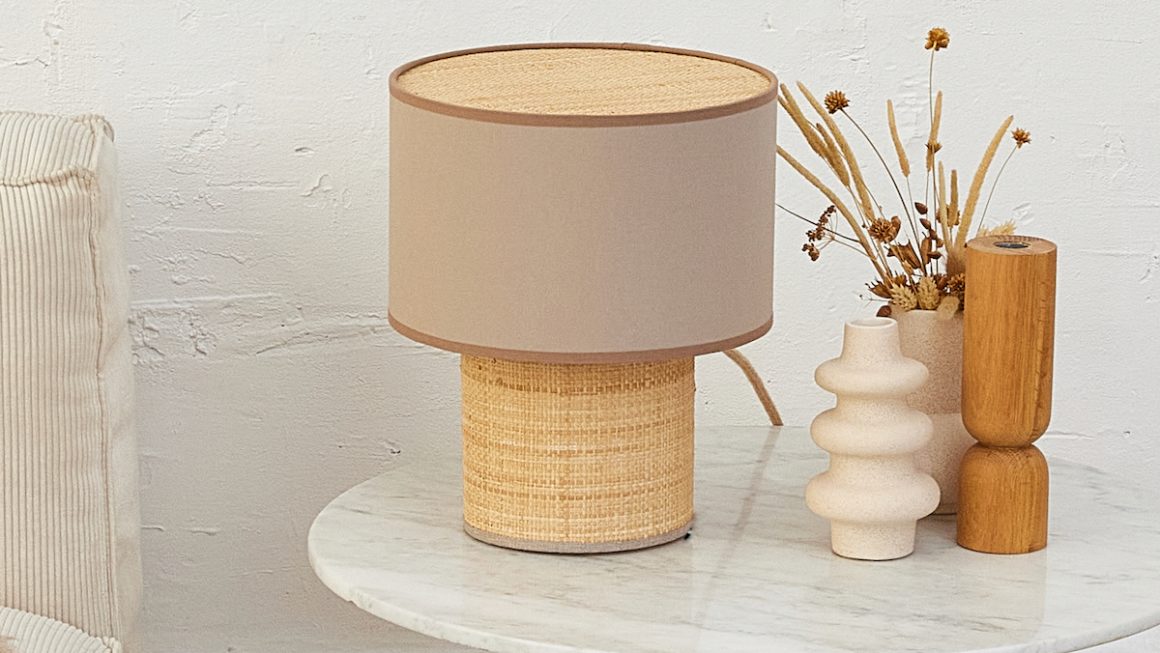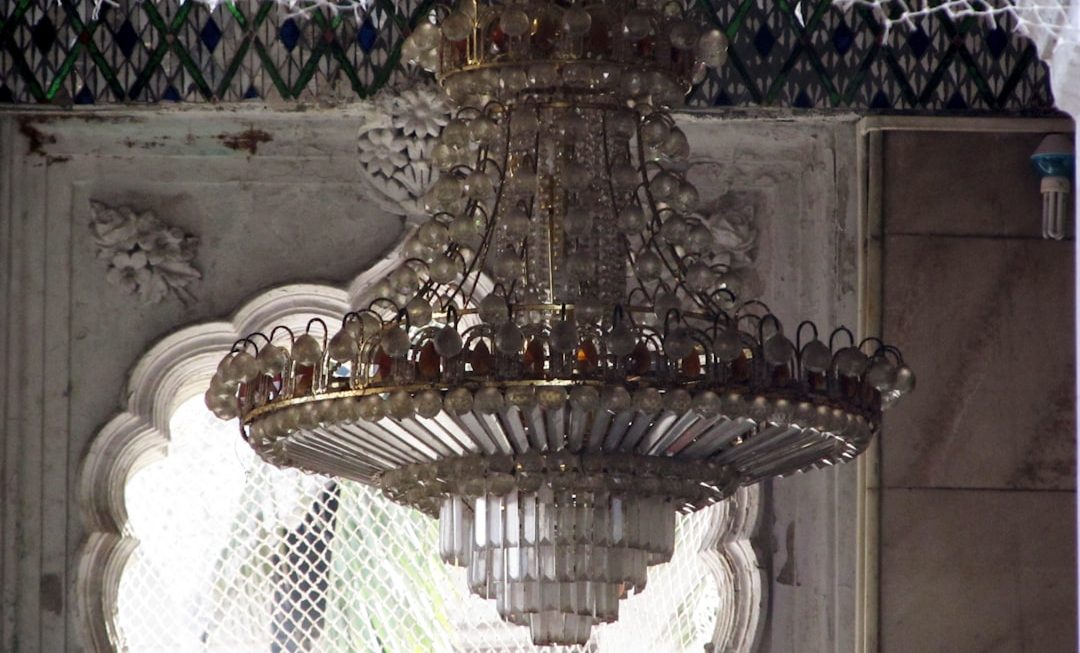The history of European palace chandeliers is a fascinating journey that intertwines art, culture, and technological advancement. The origins of chandeliers can be traced back to the medieval period, where they were primarily functional objects made of wood or iron, designed to hold candles. These early versions were often simple in design, serving the dual purpose of providing light and showcasing the wealth of the owner.
As the Renaissance unfolded in the 15th century, a shift occurred; chandeliers began to evolve into more elaborate and decorative pieces. This transformation was largely influenced by the burgeoning interest in art and architecture, as well as the increasing availability of glass due to advancements in glassmaking techniques. By the 17th century, chandeliers had become a staple in the grand halls of European palaces.
The Baroque period saw an explosion of creativity, with chandeliers adorned with intricate carvings and opulent materials. The use of crystal became particularly popular during this time, as it refracted light beautifully, creating a dazzling effect that captivated onlookers. Notable examples include the grand chandeliers found in the Palace of Versailles, which epitomized the height of luxury and sophistication.
The craftsmanship involved in creating these masterpieces was extraordinary, often requiring skilled artisans to work for months on a single piece. As the centuries progressed, chandeliers continued to evolve, reflecting the changing tastes and styles of each era while remaining a symbol of grandeur and elegance.
The Opulent Design of Regal Illumination
Grandeur and Intricate Designs
The design of European palace chandeliers Uselu is characterized by an opulence that reflects the status and wealth of their owners. These magnificent fixtures are often grand in scale, featuring multiple tiers and an array of arms that extend outward, each holding a light source. The aesthetic appeal of these chandeliers is not merely in their size but also in their intricate designs, which often incorporate motifs inspired by nature, mythology, and historical events.
Artistic Influences and Decorative Elements
For instance, many chandeliers feature floral patterns or figures from classical mythology, showcasing the artistic influences of their time. In addition to their decorative elements, the arrangement of lights within these chandeliers plays a crucial role in their overall impact. The strategic placement of candles or bulbs is designed to maximize illumination while creating a warm and inviting atmosphere.
Focal Points and Dramatic Effects
In many cases, chandeliers were designed to be focal points within a room, drawing the eye upward and enhancing the grandeur of the space. The interplay between light and shadow created by these fixtures adds depth and dimension to palace interiors, transforming them into breathtaking environments that leave a lasting impression on visitors.
The Materials and Craftsmanship Behind European Palace Chandeliers
The materials used in the construction of European palace chandeliers are as varied as their designs, with each element contributing to the overall aesthetic and functionality of the piece. Crystal has long been the material of choice for high-end chandeliers due to its ability to refract light beautifully. The introduction of lead crystal in the 18th century marked a significant advancement in chandelier design; this type of glass contains lead oxide, which enhances its clarity and brilliance.
Renowned glassmakers such as Baccarat and Murano became famous for their exquisite crystal chandeliers, often incorporating elaborate cut patterns that further enhanced their sparkle. Craftsmanship is another critical aspect of chandelier production. Artisans dedicated to this craft often undergo years of training to master techniques such as glass blowing, cutting, and polishing.
Each chandelier is typically assembled by hand, with artisans carefully selecting and placing each crystal or glass piece to ensure a harmonious design. The metal framework that supports these intricate designs is often made from materials such as bronze or brass, which are not only durable but can also be intricately detailed through techniques like gilding or patination. This combination of high-quality materials and expert craftsmanship results in chandeliers that are not only visually stunning but also built to last for generations.
The Role of Chandeliers in European Palace Décor
Chandeliers have played a pivotal role in the décor of European palaces, serving as both functional lighting fixtures and stunning works of art. In many cases, they are strategically placed in grand entryways or ballrooms where they can be appreciated from afar as well as up close. Their presence often elevates the overall aesthetic of a room, complementing other decorative elements such as ornate ceilings, lavish draperies, and fine furnishings.
The sheer scale and grandeur of these chandeliers can transform an ordinary space into an extraordinary one, creating an atmosphere that is both regal and inviting. Moreover, chandeliers often serve as conversation starters among guests at royal gatherings or formal events. Their intricate designs and sparkling crystals draw attention and admiration, prompting discussions about their history and craftsmanship.
In this way, chandeliers not only illuminate spaces but also enhance social interactions within them. They symbolize hospitality and grandeur, embodying the spirit of celebration that characterizes many royal occasions. As such, they have become integral to the identity of European palaces, representing both their architectural beauty and cultural significance.
The Symbolism and Significance of Chandeliers in European Palaces
Chandeliers hold deep symbolic meaning within the context of European palaces, representing wealth, power, and sophistication. Historically, they were often commissioned by nobility or royalty as a display of their status within society. The larger and more elaborate the chandelier, the greater the statement it made about its owner’s affluence.
In this sense, chandeliers became not just functional objects but also symbols of prestige that conveyed messages about social hierarchy and influence. Additionally, chandeliers are often associated with enlightenment and knowledge due to their role in illuminating spaces where important discussions and decisions took place. In many palaces, grand halls adorned with magnificent chandeliers served as venues for political meetings or cultural gatherings.
The light they provided was not merely physical; it also represented clarity of thought and vision among those who gathered beneath them. This duality—functionality paired with symbolism—has solidified the chandelier’s place as an enduring icon within European palatial architecture.
Maintenance and Care of European Palace Chandeliers
Maintaining European palace chandeliers requires a delicate balance between preserving their beauty and ensuring their functionality. Given their intricate designs and often substantial size, regular cleaning is essential to prevent dust accumulation that can dull their brilliance. Professional conservators typically handle this task in historic palaces; they employ specialized techniques to clean each crystal or glass piece without causing damage.
This may involve using soft brushes or cloths along with gentle cleaning solutions specifically formulated for delicate materials. In addition to cleaning, regular inspections are crucial for ensuring that all components are functioning correctly. This includes checking electrical wiring for safety and replacing any burnt-out bulbs with care to maintain uniformity in illumination.
For antique chandeliers made from fragile materials like crystal or glass, it is vital to handle them with caution during maintenance procedures to avoid breakage. Proper care not only preserves the chandelier’s aesthetic appeal but also extends its lifespan, allowing future generations to appreciate these magnificent works of art.
Modern Interpretations and Reproductions of European Palace Chandeliers
In recent years, there has been a resurgence of interest in European palace chandeliers among contemporary designers and homeowners alike. Modern interpretations often draw inspiration from traditional designs while incorporating contemporary materials and technologies. For instance, some designers have begun using LED lighting within chandelier designs to create energy-efficient alternatives that still capture the essence of opulence associated with classic chandeliers.
These modern pieces may feature sleek lines or minimalist aesthetics while retaining the grandeur that defines traditional palace chandeliers. Reproductions have also become increasingly popular as more people seek to bring a touch of elegance into their homes without the prohibitive costs associated with original antique pieces. Many manufacturers now produce high-quality replicas that mimic the intricate details and craftsmanship found in historical chandeliers but at a fraction of the price.
These reproductions allow individuals to enjoy the beauty and sophistication of palace-style lighting without compromising on quality or design integrity.
The Influence of European Palace Chandeliers on Contemporary Interior Design
The influence of European palace chandeliers on contemporary interior design is profound and far-reaching. Designers frequently incorporate elements inspired by these grand fixtures into modern spaces, recognizing their ability to elevate an interior’s aesthetic appeal dramatically. Whether used in residential settings or commercial spaces like hotels and restaurants, chandeliers serve as focal points that draw attention and create ambiance.
In contemporary design schemes, you might find oversized chandeliers gracing open-concept living areas or dining rooms where they serve not only as sources of light but also as artistic statements that reflect personal style. Additionally, many designers blend traditional chandelier elements with modern materials such as acrylic or metal finishes to create unique pieces that resonate with today’s aesthetic sensibilities while paying homage to historical influences. This fusion of old-world charm with modern innovation ensures that the legacy of European palace chandeliers continues to thrive in contemporary design contexts, inspiring new generations to appreciate their beauty and significance.








